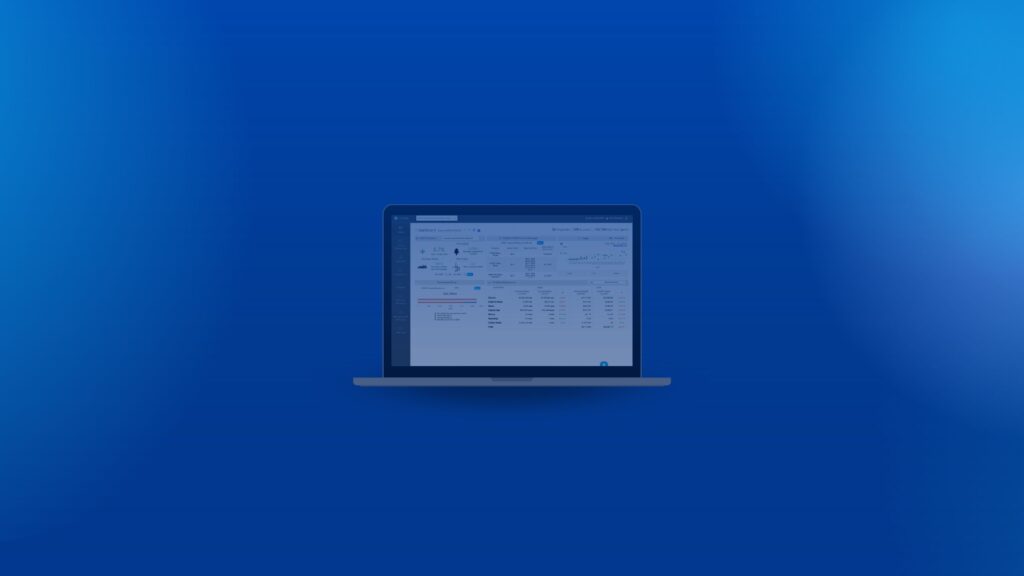Utilities face many challenges when it comes to peak load days. Peak load days are either very hot or very cold days when many people are using air conditioners, heaters, or other appliances. As a result, there is a very high demand for electricity, which puts stress on utilities. Rapid spikes in energy demand result in more energy needing to be produced quickly, which is often expensive and produces higher amounts of emissions. In the worst-case scenarios, utilities are not able to meet energy demand, and blackouts occur. So, how can utilities prepare for peak load days, thus ensuring that prices are kept low for their customers, less harmful greenhouse gas emissions are produced, and blackouts do not occur? In this article, we’ll explore four ways utilities can prepare for peak load days.
1. Implementing Time-Varying Rates
One way utilities can prepare for peak load days is to utilize time-varying rates (TVRs). Time-varying rates provide customers price incentives to reduce electricity use at peak demand times. Pricing electricity closer to the actual cost of producing it incentivizes consumers to reduce their electricity use during the highest demand periods (when it costs more to produce electricity). As a result, electricity prices are lowered for all consumers.
TVRs come in a few different forms, from the simple time-of-use (TOU) rates to more complicated programs like critical peak pricing (CPP), peak time rebates (PTRs), and real-time pricing (RTP), which is the most complex and possibly the most difficult program for utilities to implement. Each pricing structure has pros and cons that utilities must take into account. See below for a breakdown of each structure:
- TOU: Offers different prices for peak and non-peak energy use. Prices are lowest at night and on weekends and holidays, when overall demand on the electricity system is lower.
- CPP: Lower fixed rate most days, with certain days designated as “event” days (usually identified 24–48 hours in advance) where elevated rates are charged.
- PTRs: Normal fixed rate, but offer rebates for reducing use during the event days. Usually, utilities will identify 12–20 “event” days, generally the hottest summer days, to reduce demand on those days where electricity demand is highest.
- RTP: Hourly prices determined by day-ahead market prices or real-time spot market prices for electricity.
2. Offering Demand Response Programs
Demand response programs gives consumers the opportunity to voluntarily reduce or shift their electricity usage during peak hours by incentivizing with lower rates or other forms of compensation. Demand response programs can be used by utilities to balance supply and demand of electricity in an evolving market. In heat waves or harsh winters when utilities worry about the reliability of power supply, demand response becomes increasingly useful. Without demand response, grid operators may be forced to rely on expensive or polluting power plants to meet demand peaks.
3. Promoting Distributed Energy Resources
Small generation and energy storage devices, known as distributed energy resources (DERs), are fulfilling an ever-growing share of energy demand, as well as sending power back to the grid. Over the last 20 years, distributed energy resources such as solar and wind generation have grown exponentially, and for good reason. DERs help prevent peak load day mishaps by generating and storing electricity which can then be used during peak hours. This takes stress off the grid, and, because DERs are renewable (many take the form of solar panels on roofs), they decrease the amount of greenhouse gas emissions released into the atmosphere. Utilities can offer incentives for their customers to acquire DERs or help install them.
4. Stepping Up Customer Education
How often in your daily life do you think about peak load days or wonder if one is occurring? If you work for a utility, that may actually be fairly often, but it’s safe to say your customers don’t have peak load days at the top of their minds very much. That’s why it’s important for utilities to educate their customers about peak load times and how they can reduce their energy use.
This may take the form of sending out text alerts warning of peak load times. On hot summer days in New York City, utility Con Edison often sends out mass texts advising users to turn off their lights while air conditioners are running in order to avoid a blackout.
Utilities can also offer rebates and loans to help their customers install efficiency upgrades in their homes and buildings. Examples of efficiency upgrades include LED lighting, high-efficiency electric heating and cooling systems, or new improved insulation. Such upgrades prevent buildings from using as much energy during peak load hours.
Finally, utilities can encourage their customers to use energy off peak. This can be as simple as running the dishwasher, charging your electric car, or doing the laundry later at night, usually between 10 p.m. and 6 a.m.
How WatchWire Can Help Utilities Prepare for Peak Load Days
How can utilities prepare for peak load days if they do not know when they will occur? WatchWire’s web-based Customer Engagement Platform offers peak load alerts and peak load management assistance. In addition, WatchWire offers:
- Invoice data consolidation automated from utility websites, including portfolio consolidation, multiple currency tracking, and unit conversions
- Customizable dashboards with high-level views of your customer’s personalized KPIs and analytics
- Portfolio comparisons
- Sustainability management
- Measurement and verification
To learn more about the benefits of a customer engagement platform, download our whitepaper, “What to Look for in a Customer Engagement Platform.”
Got Questions?
Curious about anything we covered here? Reach out to us on LinkedIn, Facebook, Instagram, or Twitter!
 Ins & Outs of the California Climate Disclosure Laws
Ins & Outs of the California Climate Disclosure Laws
 Log In
Log In








